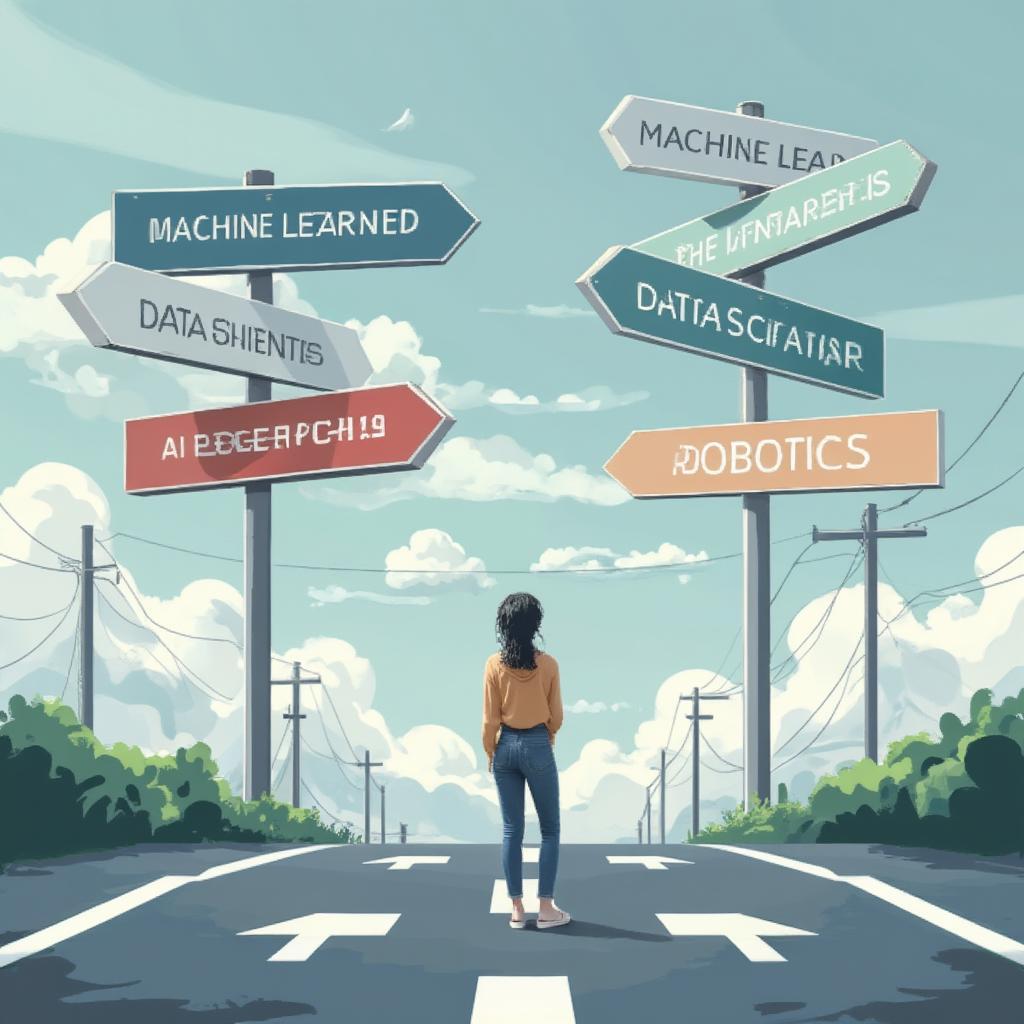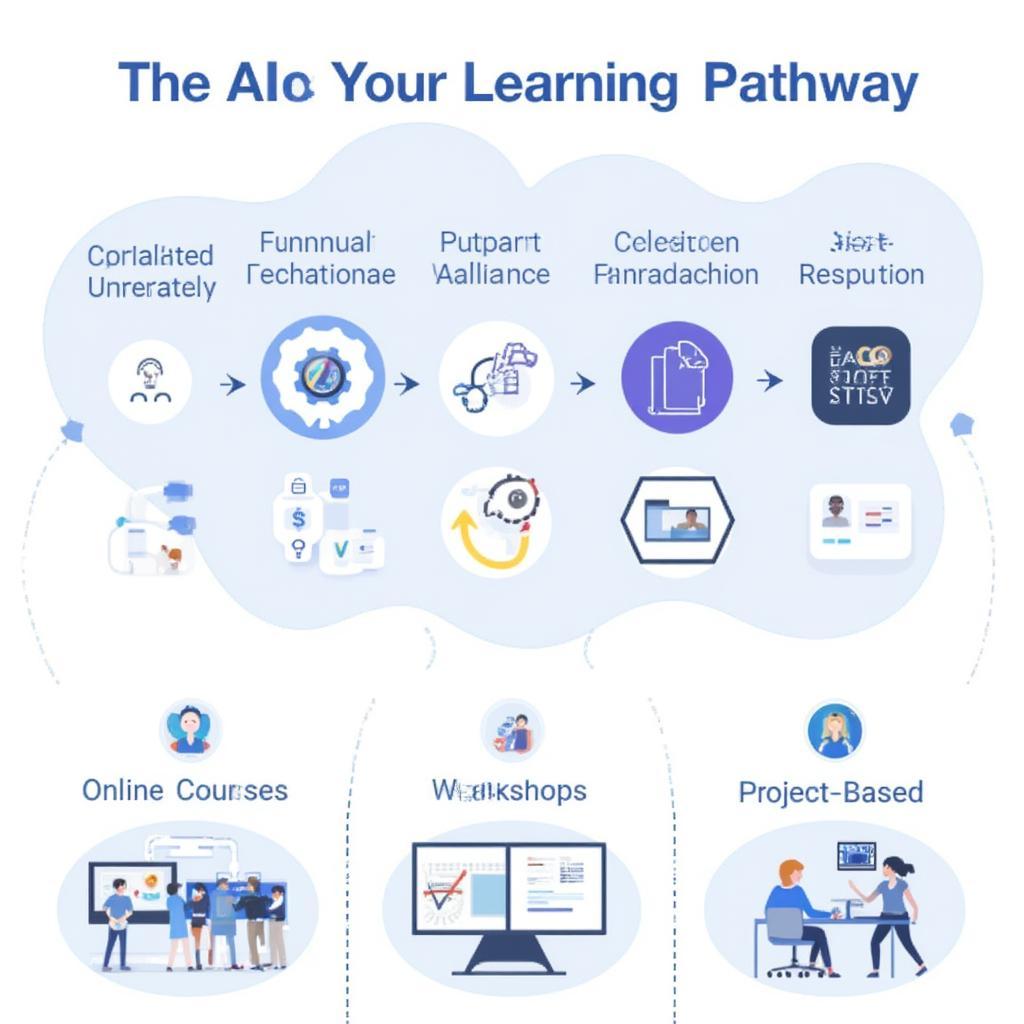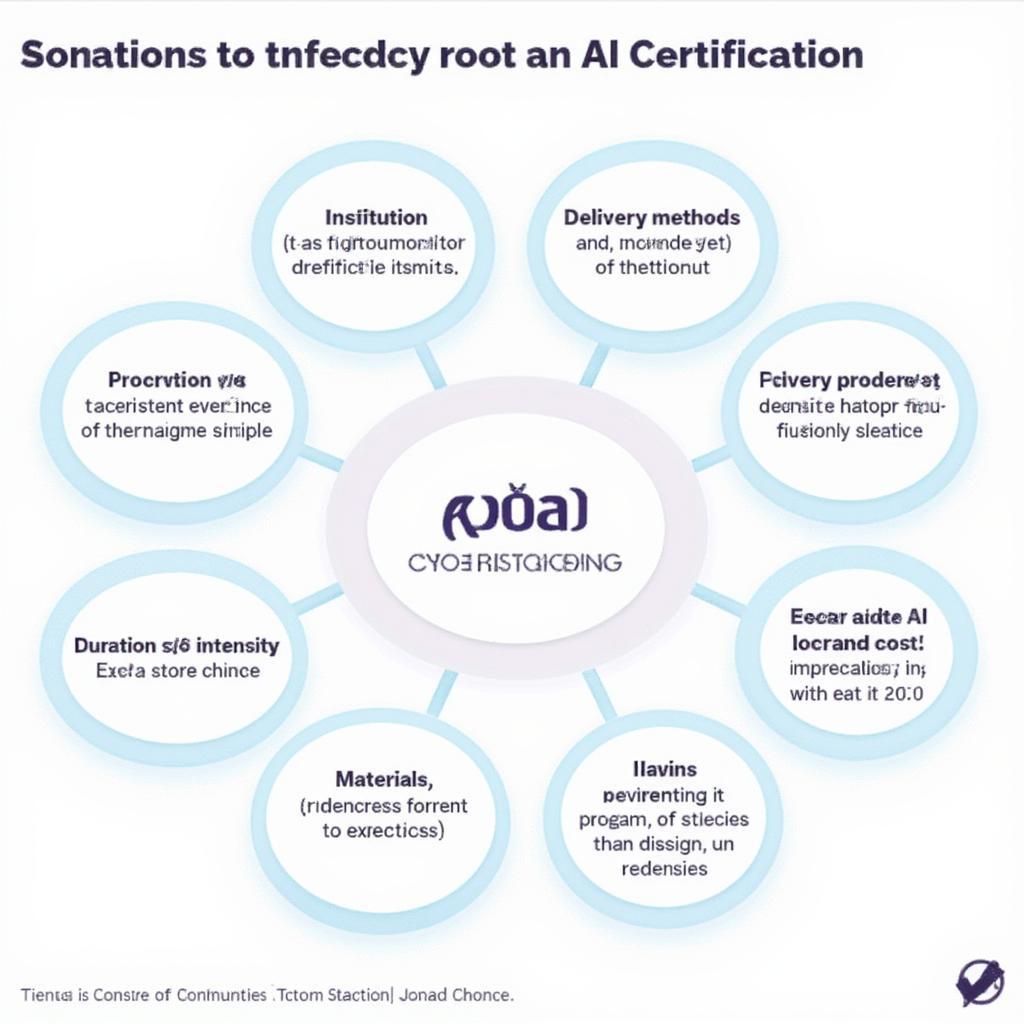Artificial Intelligence in Power Stations: Revolutionizing Energy Management
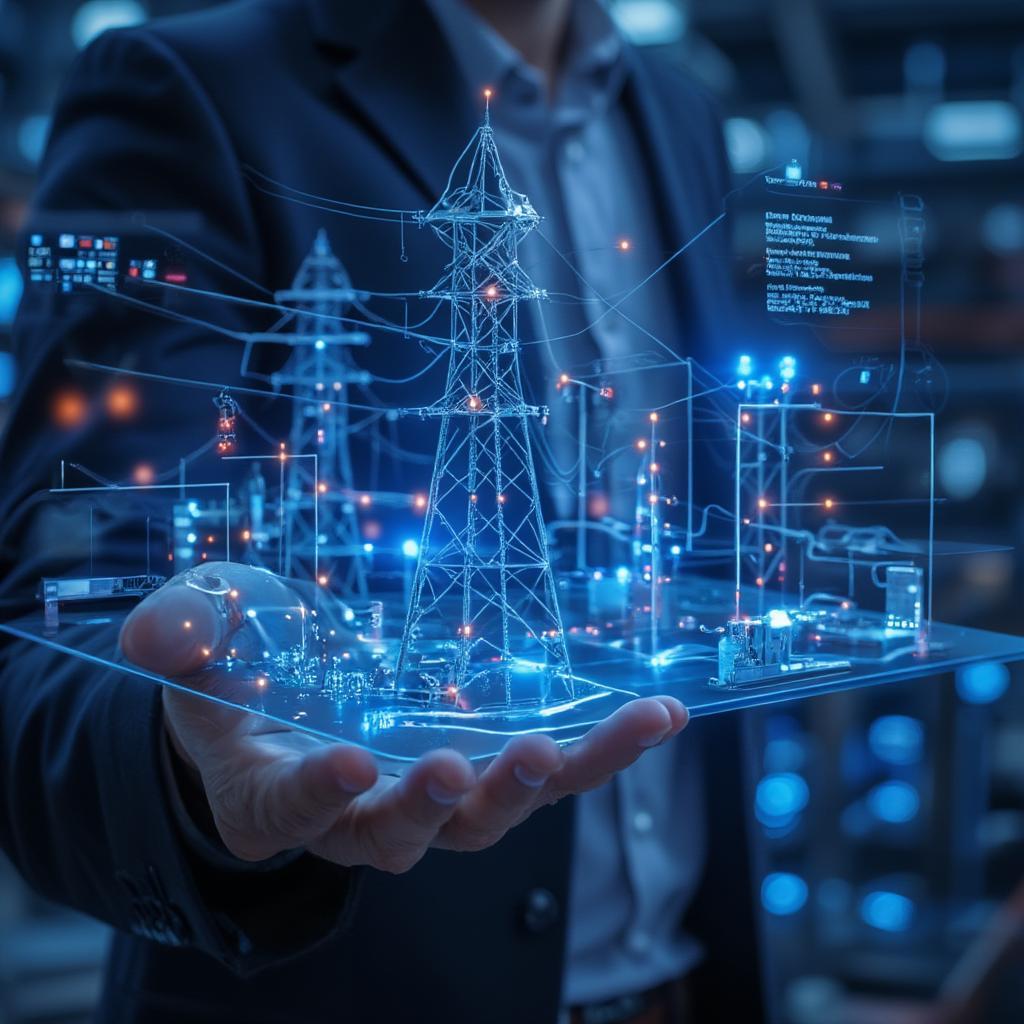
The integration of artificial intelligence (AI) into power stations marks a significant leap forward in energy production and management. This technological advancement is not merely about automation; it’s about creating smarter, more efficient, and more resilient energy systems. As the world’s demand for electricity continues to rise, the need for innovative solutions to optimize power generation and distribution becomes increasingly critical, and AI is playing a pivotal role in this transformation. Let’s delve into how AI is reshaping the landscape of power stations.
Enhancing Operational Efficiency with AI
One of the primary benefits of AI in power stations is its capacity to enhance operational efficiency. Traditional power plants often rely on manual processes and reactive maintenance schedules, which can lead to inefficiencies and costly downtime. AI, on the other hand, offers a predictive and proactive approach. Through machine learning algorithms, AI systems analyze vast amounts of data from sensors across the plant, such as temperature, pressure, and vibration, to predict potential equipment failures before they occur. This enables maintenance teams to address issues preemptively, reducing the risk of unexpected outages and extending the lifespan of critical equipment.
- Predictive Maintenance: AI algorithms can identify patterns and anomalies in sensor data that indicate impending malfunctions, allowing for timely interventions.
- Optimized Resource Allocation: By analyzing real-time demand and plant performance, AI can dynamically adjust the allocation of resources, ensuring optimal energy production.
- Reduced Downtime: AI-driven predictive maintenance minimizes unexpected breakdowns, leading to significant reductions in downtime and associated financial losses.
How AI is Transforming Maintenance Strategies
The shift from reactive to predictive maintenance is perhaps one of the most significant transformations AI is bringing to power station operations. Reactive maintenance involves fixing equipment only after it breaks down, which can be costly and time-consuming. However, AI-powered predictive maintenance allows for a more proactive approach. By continuously monitoring equipment performance and analyzing historical data, AI systems can predict when a piece of machinery is likely to fail, enabling maintenance to be performed before the failure occurs. This not only reduces downtime but also lowers the cost of maintenance by preventing major breakdowns and optimizing maintenance schedules. As Dr. Eleanor Vance, a renowned expert in energy systems, notes, “The move towards predictive maintenance, facilitated by AI, is paramount for ensuring the stability and efficiency of power grids.” This technological shift is not just about fixing things when they break; it’s about preventing them from breaking in the first place, leading to more reliable and cost-effective energy generation.

AI-Powered Demand Forecasting
Another crucial application of AI in power stations is in demand forecasting. Traditional methods of predicting energy demand often rely on historical data and basic statistical models, which may not always be accurate, especially in the face of changing weather patterns, seasonal variations, or unforeseen events. AI systems, however, can analyze a multitude of factors, such as weather forecasts, economic data, and consumer behavior, to predict demand with much higher precision. This enables power stations to adjust their generation levels accordingly, preventing both overproduction and shortages.
- Real-Time Demand Analysis: AI algorithms analyze real-time data to predict fluctuations in energy demand, ensuring that supply matches consumption.
- Optimized Production Schedules: By forecasting demand patterns, AI helps power stations optimize their production schedules, reducing waste and improving efficiency.
- Cost Savings: Accurate demand forecasting minimizes the need for excess capacity, leading to significant cost savings for power stations and consumers alike.
The Role of Machine Learning in Predicting Energy Consumption
Machine learning algorithms are at the heart of AI-powered demand forecasting. These algorithms learn from historical data and adjust their predictions based on new inputs. For instance, if an AI system notices a correlation between temperature spikes and increased energy consumption for air conditioning, it can use that information to predict future demand based on weather forecasts. This adaptive learning allows AI systems to provide increasingly accurate predictions over time. As Professor James Ito, an expert in data analytics, puts it, “Machine learning provides an unparalleled ability to predict energy demand with an accuracy that was simply not achievable using traditional statistical methods.” Furthermore, the capacity of machine learning to adjust to changing circumstances is crucial for maintaining a balanced and efficient power grid, particularly in the context of increasing volatility in weather patterns and human activity.
AI for Renewable Energy Integration
The integration of renewable energy sources such as solar and wind power into the grid presents unique challenges. These sources are intermittent, and their availability depends on environmental factors like weather conditions. AI can play a vital role in managing these fluctuations and ensuring the reliable integration of renewable energy into the overall energy mix. AI systems can forecast renewable energy generation, predict periods of high and low availability, and dynamically adjust the output of other power stations to balance the grid.
- Predicting Renewable Energy Output: AI algorithms analyze weather data to forecast solar and wind power generation, allowing for better grid management.
- Grid Balancing: AI systems dynamically adjust the output of traditional power stations to compensate for the intermittent nature of renewable energy sources.
- Smart Grid Management: AI-powered tools enable the creation of smart grids that can efficiently manage the distribution of renewable energy, improving the stability of the power grid.
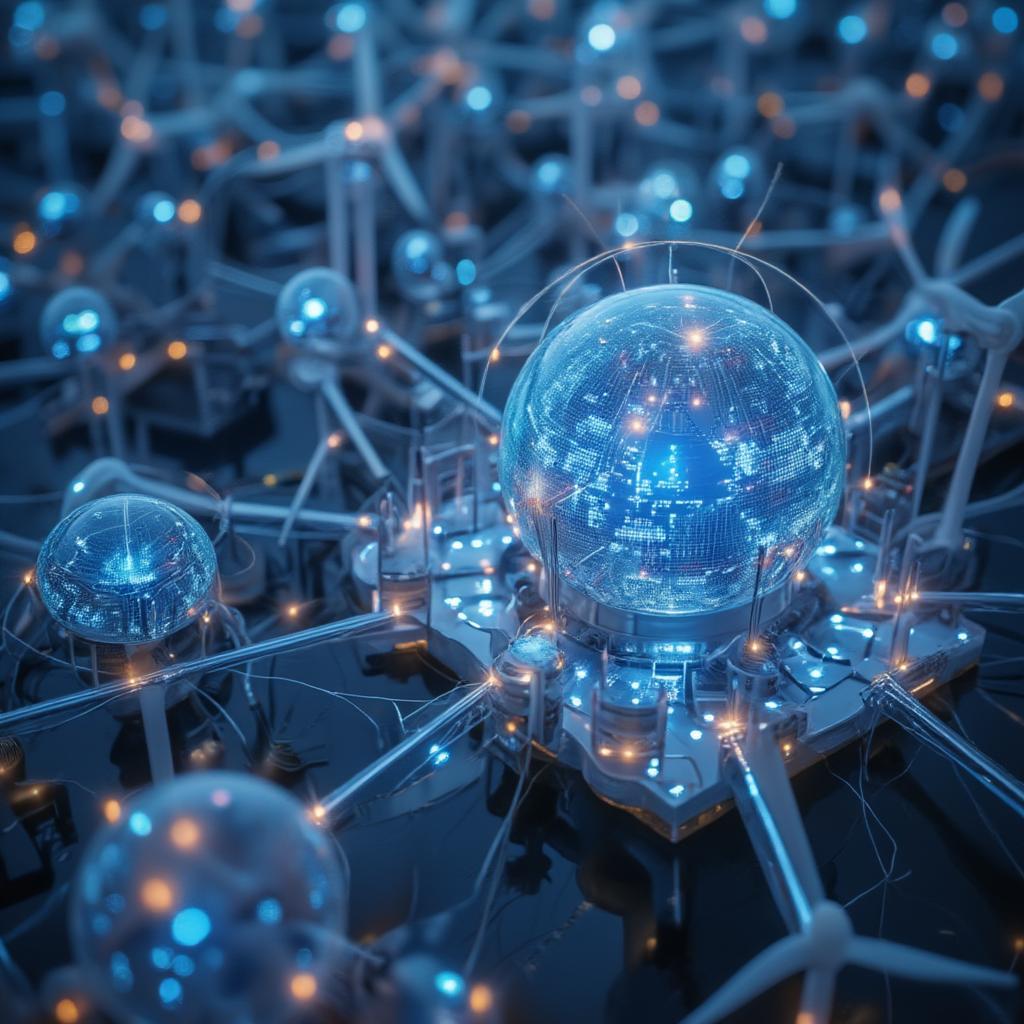
Addressing Ethical Concerns with AI in Power Stations
While the benefits of AI in power stations are numerous, it is crucial to address the ethical considerations that arise with its deployment. One significant concern is the potential for bias in AI algorithms, which could lead to inequitable distribution of energy resources or increased costs for certain groups. It is vital that AI systems are developed and implemented in a way that ensures fairness and transparency, addressing ethical concerns related to data privacy and accountability. The use of sensitive data in AI applications also raises concerns about data security, and it’s necessary to implement robust security measures.
- Fairness and Equity: Ensuring that AI algorithms do not perpetuate biases or discrimination in energy distribution is critical.
- Transparency and Accountability: AI systems should be transparent, and there should be clear lines of responsibility for decisions made by AI.
- Data Privacy and Security: Safeguarding sensitive data used in AI applications from unauthorized access and misuse is paramount.
The Importance of Ethical AI Development in Energy
The ethical considerations surrounding AI in power stations must be central to the development and deployment process. The potential for algorithmic bias, if not properly managed, could result in disproportionate disadvantages for particular communities, such as increased energy costs or lower access to reliable power. Transparency in the decision-making processes of AI systems is also crucial; the public needs to know why certain decisions are being made and who is accountable for those choices. Addressing these ethical concerns is vital to ensuring the responsible deployment of AI in energy generation, distribution and consumption. Furthermore, the emphasis must shift from simply optimizing efficiency to also optimizing for equity, fairness, and societal well-being.
The Future of AI in Power Stations
Looking ahead, the integration of AI in power stations is poised to become even more sophisticated. We can expect to see the development of more advanced AI algorithms that can handle complex challenges and adapt to dynamic changes in the energy landscape. AI will also play a crucial role in the development of smart grids that can autonomously manage the production and distribution of energy, enhancing the stability and reliability of energy systems worldwide. As such, AI is not just a technological innovation; it is also a vital tool for creating a more sustainable and resilient energy future.
- Advanced AI Algorithms: Future AI systems will be able to handle complex tasks, making energy systems more adaptable and efficient.
- Autonomous Smart Grids: AI will be essential in managing smart grids, optimizing energy distribution and ensuring grid stability.
- Sustainable Energy Future: AI is a crucial technology for creating a more sustainable and resilient energy infrastructure.
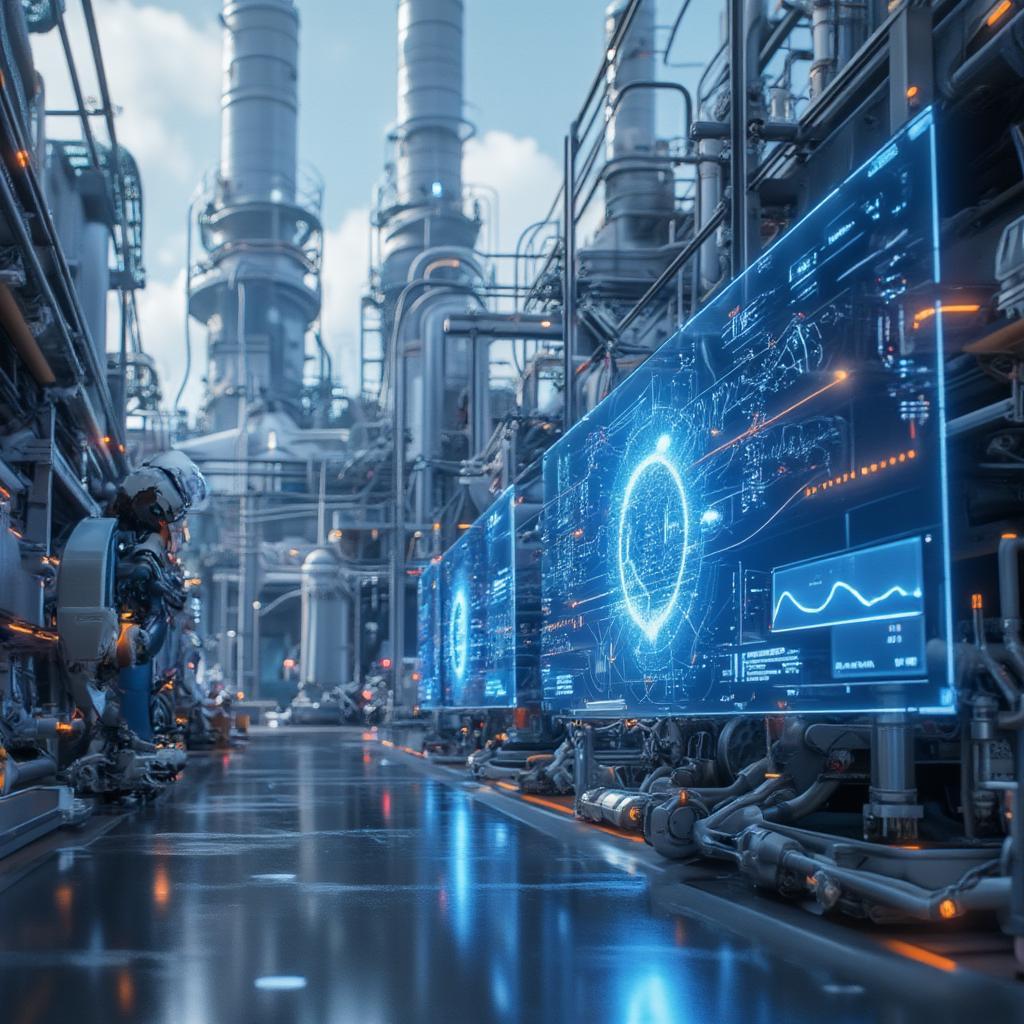
Conclusion: Harnessing AI for a Reliable Energy Future
Artificial intelligence is revolutionizing the way power stations operate, from optimizing maintenance and forecasting demand to integrating renewable energy sources. By embracing AI and addressing the ethical considerations it brings, we can create more efficient, sustainable, and reliable energy systems for the future. The journey of [technology news malayalam] integration into power station infrastructure is only just beginning, and it has the potential to shape a brighter, more energy-secure world. The deployment of [image recognition ai examples] and similar technologies will significantly reduce the carbon footprint of power generation while simultaneously optimizing energy utilization.

